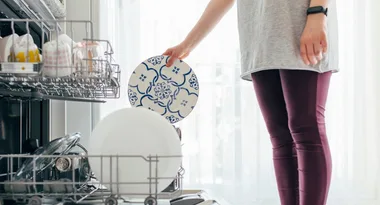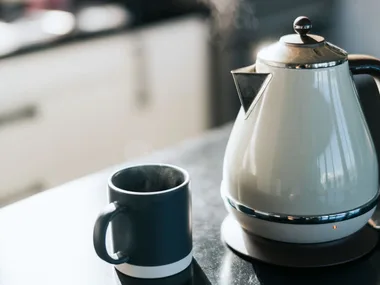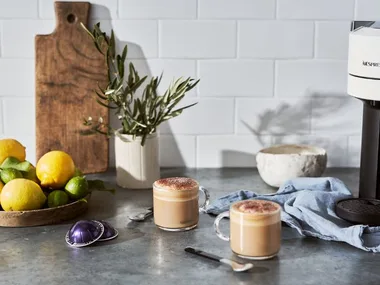A burqa is a type of traditional garment worn by women in Middle Eastern countries, where they are required to wear modest clothing. It’s long and provides full-body coverage, the face included, with a small mesh for the person inside to see.
It’s worn over an abaya or any regular clothing that will be comfortable underneath. It is often confused with the niqab – which is similar, but it leaves an opening for the eyes instead of a mesh. The Arabic version of a burqa is called a boshiya and is usually coloured black, or on occasions like marriage, white.
RELATED: How Many Muslims In Australia
Burqa Vs. Hijab Vs. Niqab Vs. Chador
There are different kinds of veils that could be classified as modest clothing, including the hijab, niqab, burqa, and chador. Each one of these articles of clothing has a varying degree of concealment – the hijab being the least covered, and the burqa being the most covered. Veiling has been around even before biblical times and is symbolic of the rich history of middle eastern clothing.
Face Veiling During Pre-Islamic times
The origin of the burqa can be traced even before the Arab conquest of the Middle East. Veiled clothing has been a part of clothing history even during pre-Islamic times. There are some biblical references that show the use of face veils in Genesis 38:14 and 24:65 – “When Judah saw her, he thought her to be a harlot; because she had covered her face.” Which indicates the use of the face veil to accentuate sexuality.
Byzantine art also depicts a lot of women with veiled faces wearing traditional head coverings, which shows that face veiling was popular for females in the upper class.
Face Veiling In Islam
While the Quran commands both men and women to behave with utmost modesty, it offers no direct advice as to how women should dress. Varied interpretations of different verses in the Quran prompted the use of face veiling and body covering as a means to avoid being sexualised.
In the Salafi point of view, women are required to cover their entire body when going out in public or when with non-mahram men. Some interpretations have left room for exceptions for blind, gay, and asexual men.
Yet, despite all of these, most Islamic scholars agree that women should not cover their faces.
Why Do Women Wear Burqas?
There is no single reason for women to wear a burqa. It must be understood within a particular social context. Some women wear it to show their view on sexual modesty or as a rejection of the western views of sexuality. Others wear it as a symbol of piety or because they don’t want to be a distraction to the public.

Burqa Ban Around The World
People from different countries have varying reception towards the burqa. Even in Islamic countries, the burqa might come across as too extreme, catering to those who might be following the Safali.
In Afghanistan, the women wear the chadaree which strikes a lot of similarities with the burqa but leaves a small opening for the eyes. Before the Taliban took over, chadarees were rarely worn in the cities and public spaces.
Some countries have banned the use of Burqas because it might pose a security risk. In 1975, Italy banned all clothing that covers the face of a person in an effort to combat domestic terrorism. Burqas were also banned in the countries of Cameroon, Sri Lanka, Chad, and The Republic of Congo because of the growing number of suicide bombers usually instigated by people with their faces covered.
German Chancellor Angela Merkel called for the banning of the burqa “wherever legally possible,” as support for Thomas de Maizière’s proposal to outlaw full-face veils in public buildings.
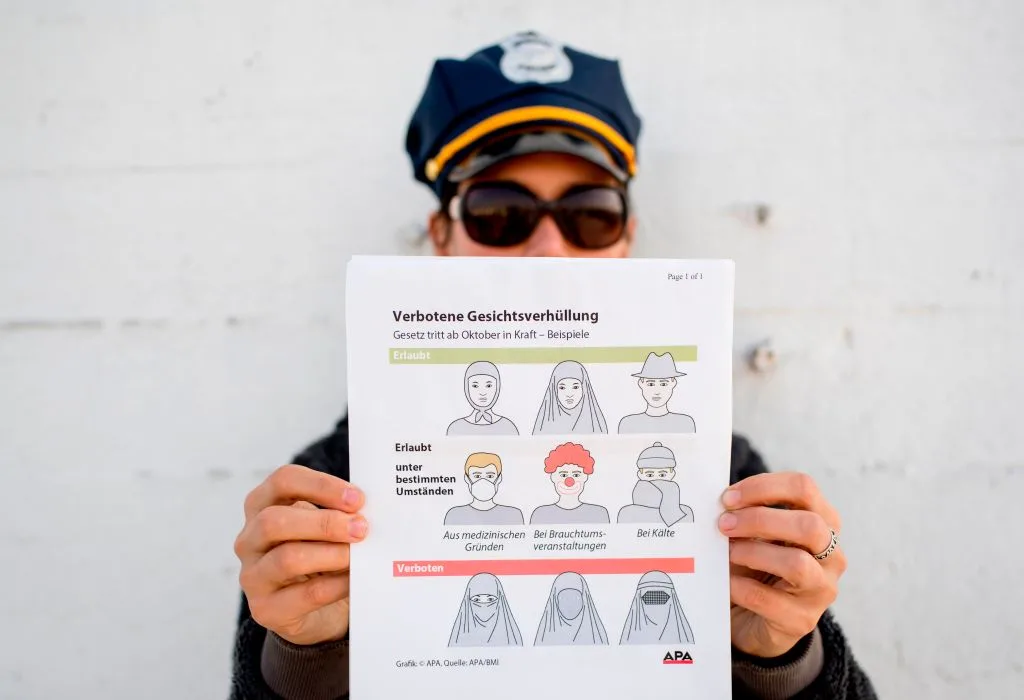
Other countries have a more progressive reason for the burqa ban. Countries like Denmark believe the garment is often described as a symbol of oppression and does not sit well with Danish values.
In France, a burqa ban has been around since 2004 when it was judged to be a religious symbol like the Christian cross. It was an application of the 1905 law that prohibits students and staff from wearing visible religious symbols. In 2009, French President Nikolas Sarkozy said that burqas are “not welcome in France,” commenting that “in our country, we cannot accept that women be prisoners behind a screen, cut off from all social life, deprived of all identity.”
The Burqa In Australia
There is still a continuing debate on whether or not the burqa should be banned in Australia. In 2010, Cory Bernardi branded the burqa as un-Australian. In 2011 New South Wales has been the first state to pass the law that allows police to demand the removal of burqas when asking for identification. A ReachTel poll found that a majority of Australians agreed with the possible burqa ban.
How To Wear It
While some people might think that wearing a burqa is complex because of all the perceived rituals it might entail, it’s actually the total opposite. It doesn’t really matter what you wear under the burqa – meaning you can wear absolutely anything under it! Wear your regular clothes, a head scarf, or an abaya to show off when you’re with your girlfriends. There’s not a lot of rules on how to wear a burqa – just make sure that you cover everything, maybe even your hands.
While wearing it is one thing, styling it is another. Because burqas are often cut from a single fabric, there’s no room to mix and match different articles of clothing. But, what you lack in variety, you can make up for quality. Quality materials like silk can add an extra touch of class and sophistication to a burqa.
Where To Buy It
There has been an emergence in Islamic fashion in Australia. Stores like the Hijab House offers the best quality scarves and hijabs in modern styles. Burqas, however, are still pretty hard to come by. There are no known physical stores and very limited online stores. Still, there are websites like Etsy where vendors sell a collection of handmade burqas all year round.
Burqas on Etsy are for sale from $AUD 150 – $AUD 300 depending on the material.
Ebay also offers a selection of burqas for as low as $AUD 88
Conclusion
Burqas are considered the most concealed of all the traditional Islamic outfits but that doesn’t mean that it lacks beauty in comparison to other traditional clothing. Its meaning is always unique to those who wear it – a symbol of piety, religious devotion, or modesty. It comes off as oppressive to some, serves as protection for others, and for the rest, it’s a symbol of a well-preserved middle eastern culture.
RELATED: Opinion: An Open Letter To Christchurch Victims From A Muslim Australian
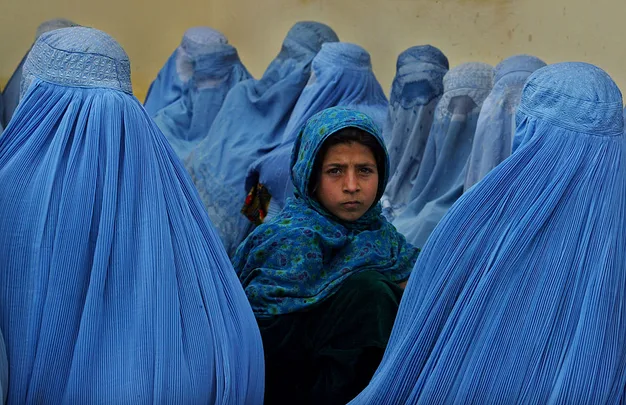 Getty
Getty




